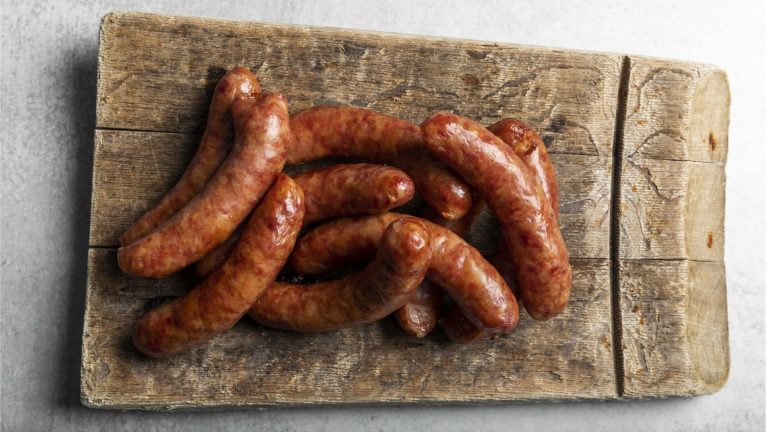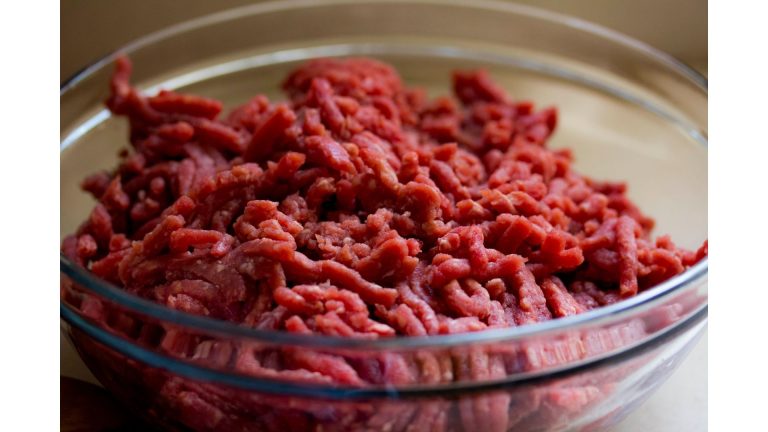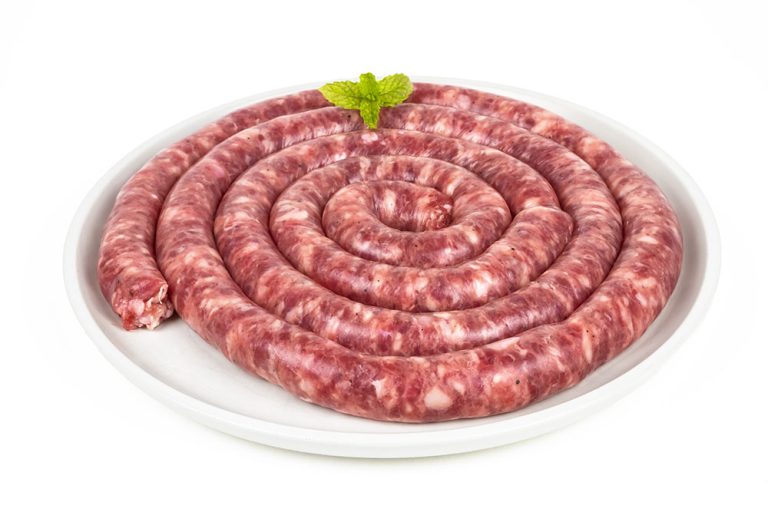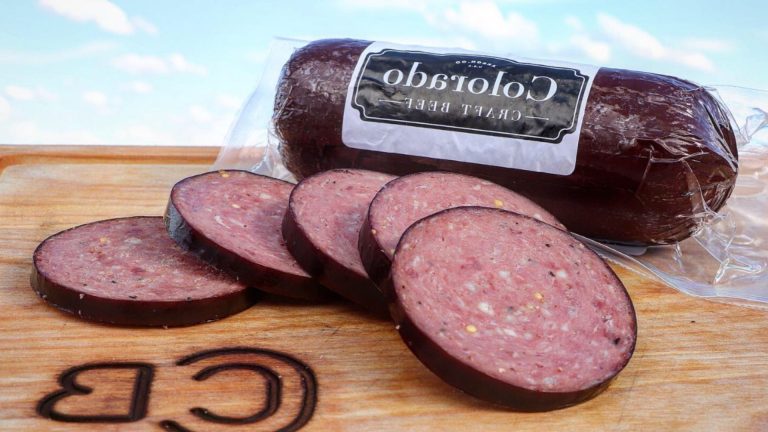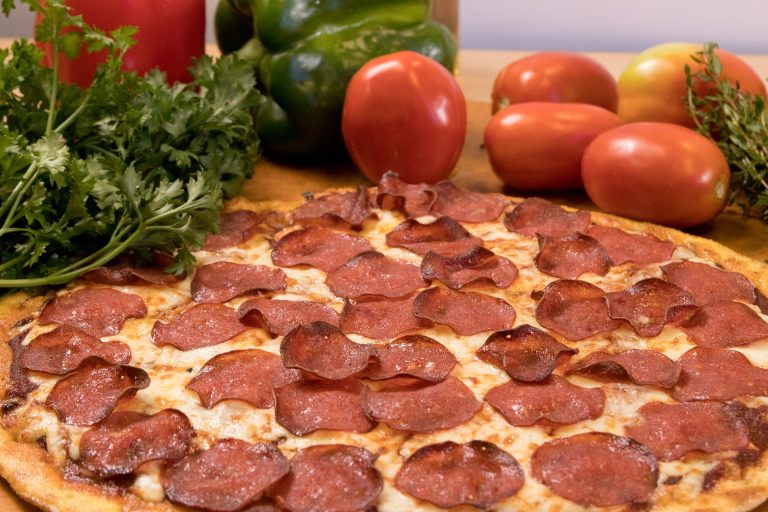What Is Boudin Casing Made Of?
The Louisianan boudin is similar to other sausages in that it is packed into a container and then tied or twisted into individual links.
Boudin casing is made of cornflour and usually pork. It is not as firm as beef or turkey sausage casing, but it can be used to create all types of sausages.
The difference between boudin and the next sausage is that it can be enjoyed with or without the casing.
Many people don’t like to eat the casing, which may be why some people think it’s not good for you.
However, this isn’t accurate. What is the material used to make boudin casing? It is safe to eat because it is made of natural pork.
In this article, we will discuss the boudin cases.
Table of Contents
What Is Boudin?
Boudin is a spicy sausage that originated in Louisiana, the U.S. state where this dish originated.
It’s a traditional pork product that comes in links, and it’s usually made from a mixture of pork and chicken.
If you see boudin in a supermarket or restaurant, it will usually be a link sausage, but some people prefer the fresh version.
What Is Boudin Casing Made Out Of?
The sub-mucosa is the part of the pig’s small intestine that is used to make boudin. There is a layer of the intestine that contains naturally occurring collagen.
How Is Boudin Casing Prepared?
At the butchery, ungraded casings and green runners are removed from the pig before it is slaughtered.
It needs to be cleaned with a machine that will break the inner mucosa and flush it out.
The cleaning methods can be done manually or machine cleaned. They are being flushed with cold water to remove the blood from their body.
If the blood is not removed correctly at this point, there can be stains that lead to pink casings.
The runners are preserved in plastic drums filled with saturated salt brine, after being tied in bundles. They are sold to companies to complete the process of drilling.
Can you Eat the Casing on Boudin?
The casing of boudin is completely natural and delicious. When reheated via boiling, steaming, or in a microwave oven, the skin can be hard to chew.
When it’s oven-baked, grilled, or air-fried, the result is a boudin that is crisp and delicious.
How to Make Boudin Casing Crispy?
Follow these steps to achieve crispy boudin casing.
Oven-Baked Boudin
- The temperature in the oven should be around 300 Fahrenheit.
- Carefully place your boudin on the baking sheet.
- Bake for 25 to 30 minutes until the casings turn golden brown and the temperature of the thermometer reads 160 degrees F.
- Let it cool for some time and serve it with mustard sauce.
Grilled Boudin
- Use butter or oil to grease the grate when you preheat your outdoor grill.
- Place it on the grate and cook it for 5 minutes.
- Turn the boudin to the other side to cook it evenly.
- Once the internal temperature reaches 160 degrees F stop cooking.
- Allow the boudin to cool before serving.
Air-Fried Boudin
- Take a sharp knife and poke through the casing in three places.
- Then place the links in the air fryer.
- Spray some oil on the basket to prevent the boudins from sticking.
- Set the temperature of your air fryer to 400 degrees F and cook it until it reaches golden brown.
How Do You Remove Boudin Casing?
A hole can be created for the boudin to go through by simply slicing or orbiting the end of the link. If the boudin is frozen, you can get rid of it once it is parboiled.
Here’s how:
- Put the boudin in the hot water for 2 to 3 minutes.
- Now remove the boudin from the hot water and place it in the cold water to prevent further cooking.
- Take a paper towel and pat it dry.
- Now take a knife and put a shallow cut along with the links of the sausage.
- Now peel off the casings.
- Cook the skinless sausages if required.
Conclusion
Many people choose not to eat boudin as it’s hard to chew, and there are specific dishes where the casing is discarded altogether.
Whether or not it is okay to eat boudin is a question that may make some wonder. It is completely safe to eat boudin skin, which is made from the pig’s gut.
When it is reheated in the oven, grill, or air-fryer, the skin becomes crisp and the boudin flavors intensify, taking the experience of eating boudin skin to a whole new level.

Foodie and a passionate cook, I am here to share all of what I know about cooking, kitchen, and food prepping.
Follow me for delicious and healthy recipes.

